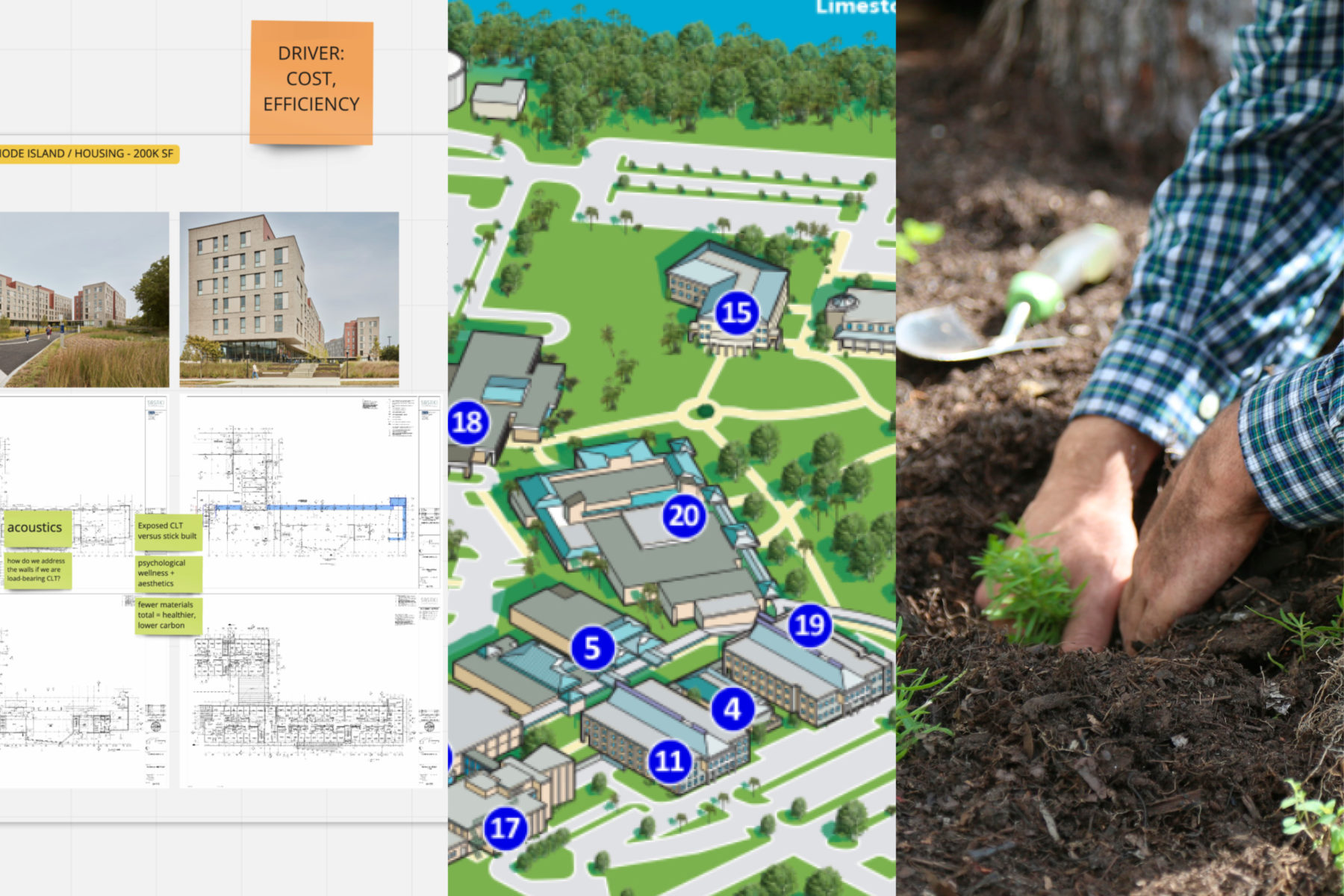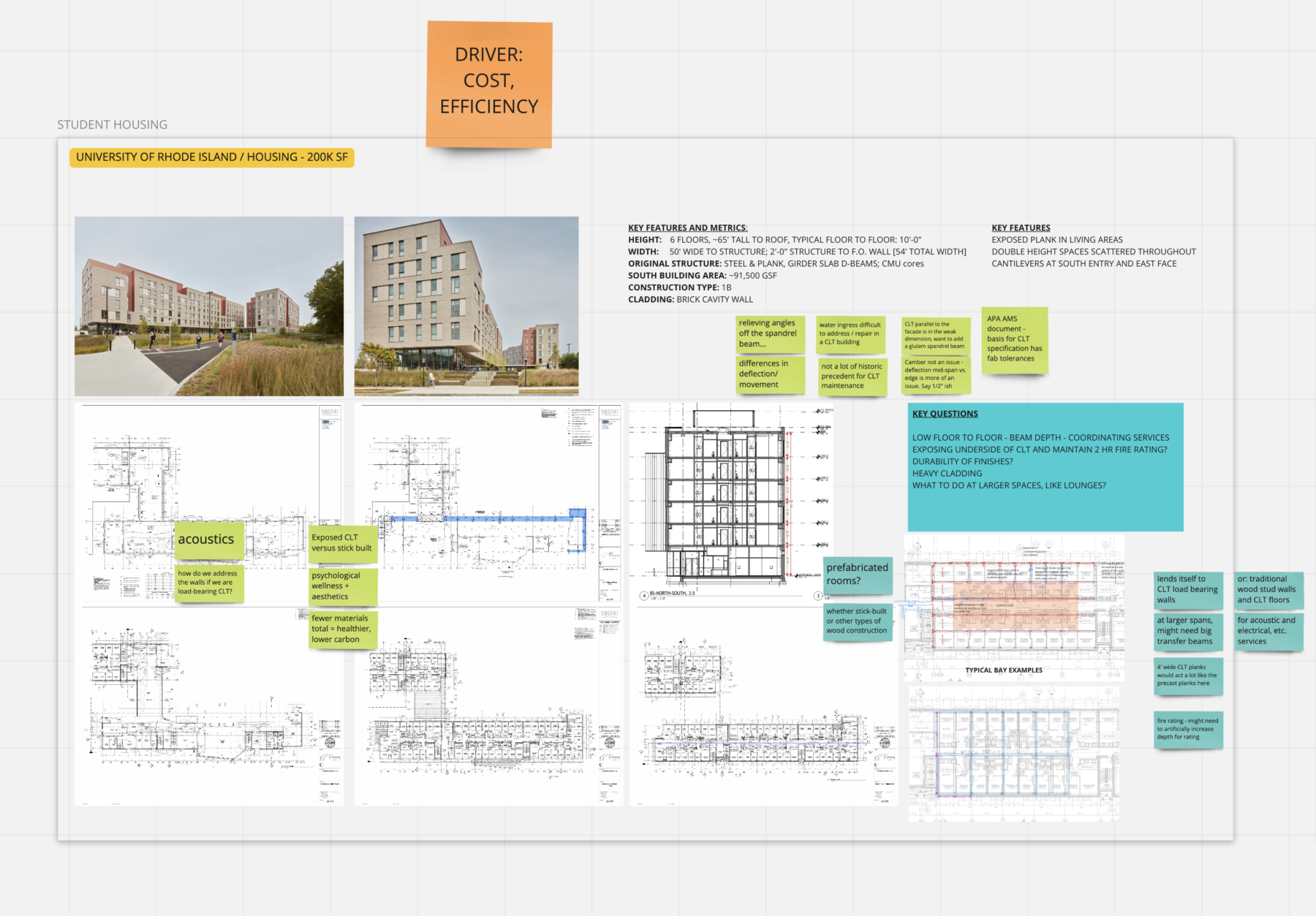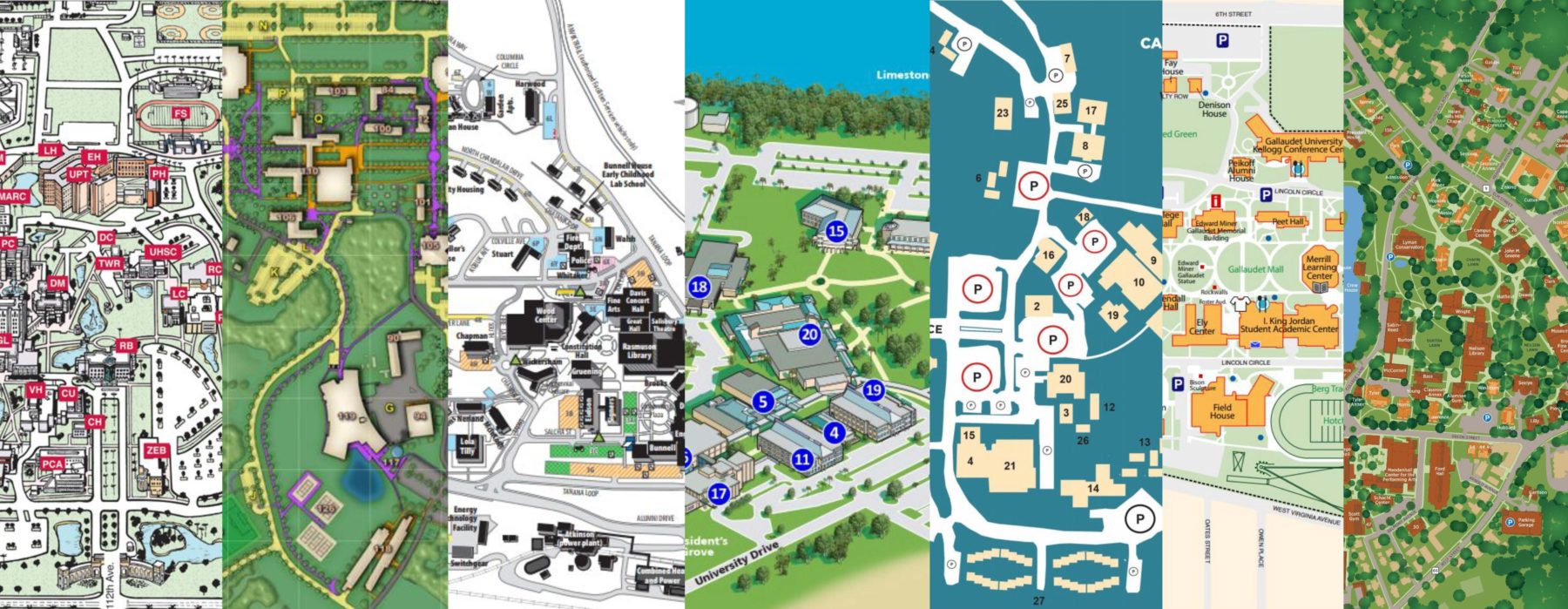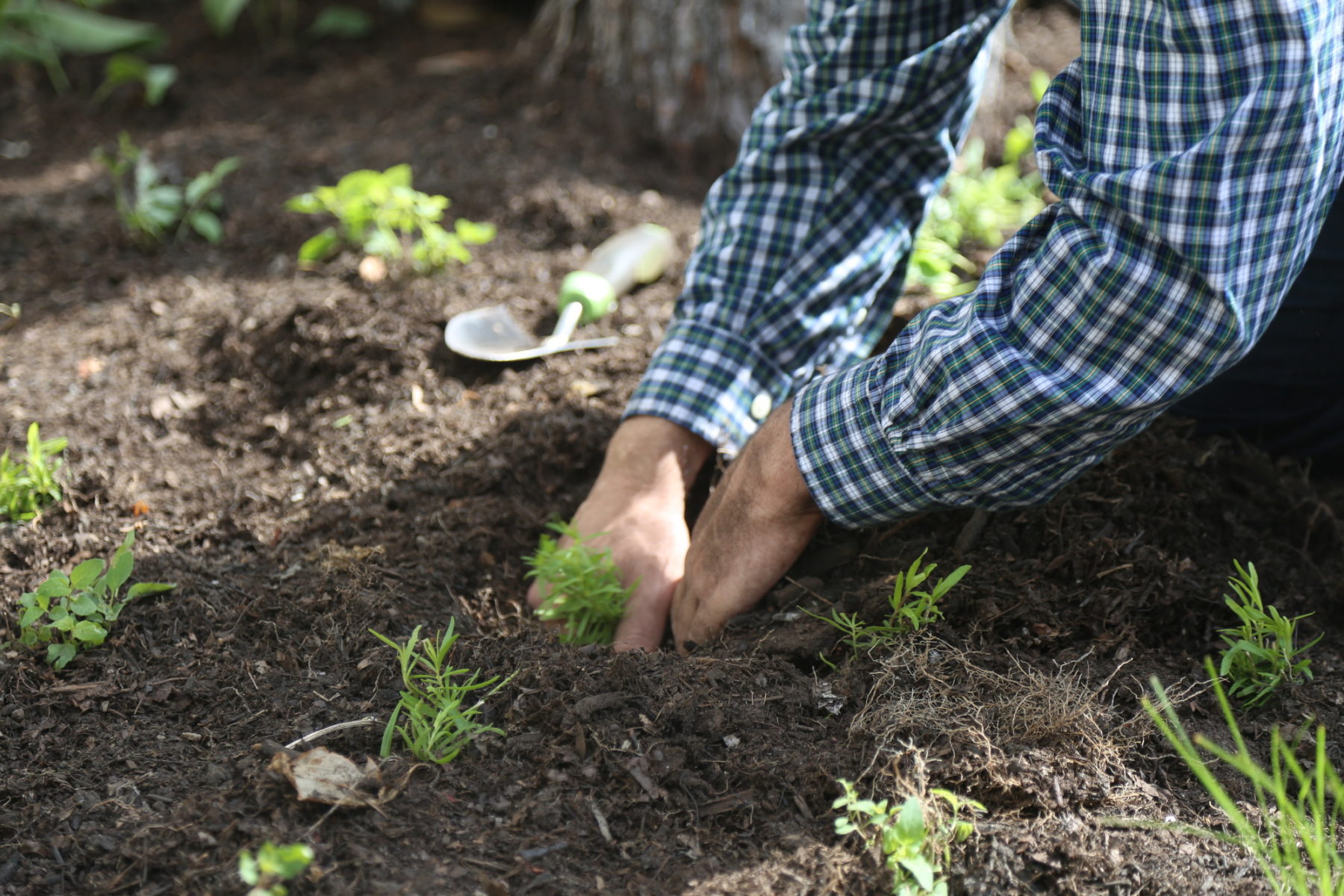2021 Sasaki Research Grants Awarded

 Sasaki
Sasaki

Each year, Sasaki awards grants to teams of Sasaki designers and planners to pursue research projects outside of their project work to delve into areas of inquiry important to our clients and to our industry. As in previous years, three grants were selected by an internal jury following a competition open to all Sasaki staff. Though Sasaki continues to work remotely, research teams have found new ways to connect and further research, tapping into digital collaborative tools to share ideas.
“We continue to identify incomplete knowledge in need of addressing amidst today’s mounting societal and environmental challenges. While we do not expect the results of the research at Sasaki to provide finite answers to these large problems per se, we hope by sharing our findings, to provoke further inquiry and perhaps inspire new collaborative partnerships,” says Tao Zhang, ASLA, PLA, Chair of Design Culture.
Learn more about each of this year’s selected research projects below:

A working Miro board displays some of the ideas currently being generated by the Mass Timber: Retooling Design for a Low-Carbon Future team
We (and our clients) know that the cross-laminated timber (CLT) structural system has low embodied carbon and can reduce floor-to-floor heights, finish costs, and construction duration; it’s popular in Europe, but is not widely used on the East Coast.
Developing our knowledge about this system is the first step towards reaping its environmental and construction-schedule benefits. CLT is seen as expensive and challenging in our market because there are too many unknowns, but we can begin to find answers to some of these unknowns and to confidently recommend and use CLT.
The team is using prototypes to study cross-laminated timber and other mass-timber structural systems to better understand their technical and cost parameters and design possibilities—focusing on three areas:
Architects working on projects implementing CLT, like the Amherst Student Center and Bonnet Springs Park Event Center, will serve as advisors to share real-time, real-life lessons and information on this system.
Our ultimate goal is to be able to advise our clients on cost-effective ways to incorporate mass timber into a variety of project types and, ultimately, help reduce the embodied carbon of our projects.
Team: Carla Ceruzzi, Shaelena Morley Bigelow, Vinicius Gorgati, Matthew Petrie, Marta Guerra
Advisors: Justin Finnicum, Mike Frechette, Tamar Warburg

The Campus For All | For All Campuses research project aims to answer the question: How can we make all university and college campuses more inclusive by learning from those that primarily serve historically marginalized communities today?
Higher-ed institutions across the U.S. are implementing anti-racism measures alongside making progress toward broader inclusion goals to better serve their communities. There is a role for planning and design in addressing these goals, from the creation of affinity group spaces to implementing campus-wide inclusive design measures that convey specific narratives about what an institution values.
Universities and colleges that primarily serve historically marginalized or underrepresented communities within higher education have been working since their founding to create spaces, programs, and policies that support diverse campus communities. Campus For All | For All Campuses proposes a deep-dive into understanding how these institutions’ campuses, design processes, and philosophies create welcoming environments. Findings will inform the development of an inclusion framework that may guide all future campus projects.
Team: Gwendolyn Sands, Shannon Hasenfratz, Kanna Atarashi, Sarah Bush, Ilka Lin, Philip Bruso, Rong Cong, Kai Ying Lau
Advisors: Mary Anne Ocampo, Caitlyn Clauson

Over the last century, the U.S. food production and distribution system has been directed towards the goal of providing an adequate supply of food to our citizens while supplementing staples with vitamins and nutrients. In doing so, we have significantly curbed the rates of starvation and diseases related to malnutrition. However, with that has come the overuse of commoditized ingredients that have detrimental effects to our mental and physical health, as well as harmful impacts to our planet. The good news is the system is currently changing.
Food production, food delivery, food awareness and food experience directly impact numerous spectrums of our work at Sasaki. This research initiative will provide an in-depth review of the food industry,nutrition, and the cultural associations we all have with food; we will then examine how this collective understanding of food systems and culture impacts our work, looking at past, current, and forward-looking trends for food policy, production, and delivery.
Our research will be undertaken by an interdisciplinary team of Sasaki landscape architects and architects, and we will engage several industry experts who focus on food policy, farming, and nutrition. We will focus on three specific themes that directly impact our work:
How can we as an industry positively influence the realm of design specifically as it relates to the integration of food in our work? We will evaluate and make bold predictions (and suggestions) on the future of food, particularly related to the direct impact food has on physical health; mental wellbeing; the balance of our ecosystem;and the physical spaces related to food on campuses, in our communities, and in our homes. The results of our research will inform and improve our work related to dining, athletics, community learning, site design, and sustainability.
Team: Kelly Farrell, Sally Ostendorf, Marissa Lisec
Advisors: Michael Grove, Bill Massey, Ivelisse Otero, Henry Gordon Smith, Alex Rudnicki, Dr. Dari Mozaffarian, Stu Orefice
Head to our Research page to learn more about Sasaki’s current research efforts